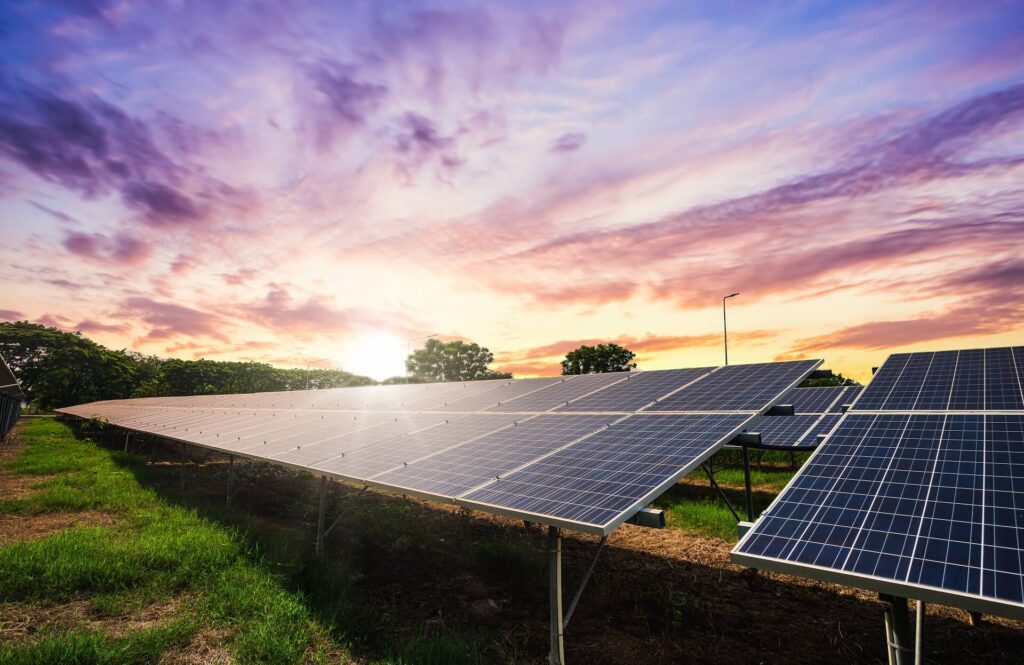Solar panels, also known as photovoltaic (PV) panels, achieve photoelectric conversion through the photovoltaic effect. The basic idea is to convert sunlight directly into electricity using semiconductor materials.
- Photon Absorption:
- When sunlight, which is composed of photons (particles of light), strikes the surface of a solar panel, the photons are absorbed by the semiconductor material. The most common semiconductor material used in solar panels is crystalline silicon.
- Generation of Electron-Hole Pairs:
- The absorbed photons transfer their energy to electrons in the semiconductor material. This energy excites the electrons, causing them to move from their normal (ground) state to a higher energy level. This process creates electron-hole pairs, where an electron is freed from its position, leaving behind a positively charged “hole” where the electron used to be.
- Electric Field Formation:
- The semiconductor material in the solar panel is intentionally doped (modified with impurities) to create a built-in electric field. Typically, a solar cell has two layers: an N-type layer (where electrons are more mobile) and a P-type layer (with positive charge carriers or holes). This creates an electric field at the junction between the two layers.
- Separation of Charges:
- Due to the electric field, the free electrons and holes created by the absorbed photons are separated. The electrons are pushed towards the N-type layer, while the holes move towards the P-type layer. This separation of charges is crucial for generating an electric current.
- Flow of Electrons:
- The separated electrons and holes create a potential difference, or voltage, across the solar cell. If an external circuit is connected to the solar cell, electrons are forced to flow through the circuit, generating an electric current. This flow of electrons is what we know as electricity.
- Capture of Electrons:
- The external circuit is connected to the solar cell through metal contacts that capture the flowing electrons. This electric current can then be used to power electrical devices or be stored in batteries for later use.
- Continuous Process:
- The entire process is continuous as long as there is sunlight striking the solar panel. When sunlight is available, the photovoltaic cells generate electricity, and when sunlight is absent (e.g., at night), the process stops.
In summary, solar panels convert sunlight into electricity through the photovoltaic effect, where absorbed photons release electrons, creating an electric current. The key components facilitating this process are the semiconductor material, the built-in electric field, and the separation of charges. The resulting electric current can be harnessed for various practical applications, ranging from powering small electronic devices to supplying electricity for homes and businesses.


